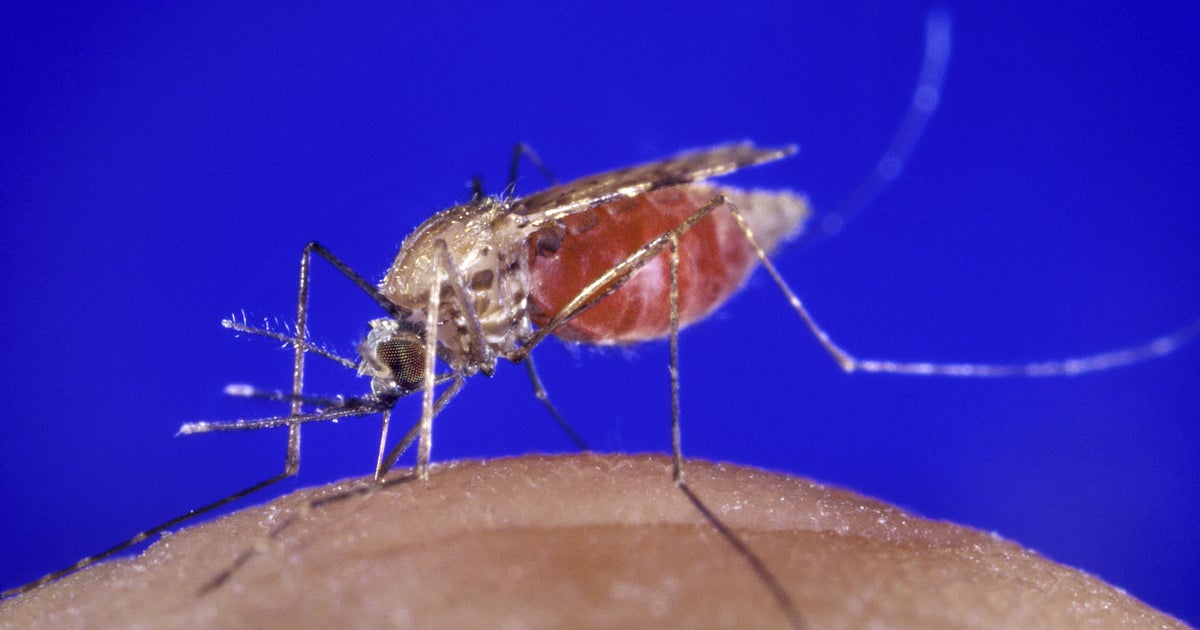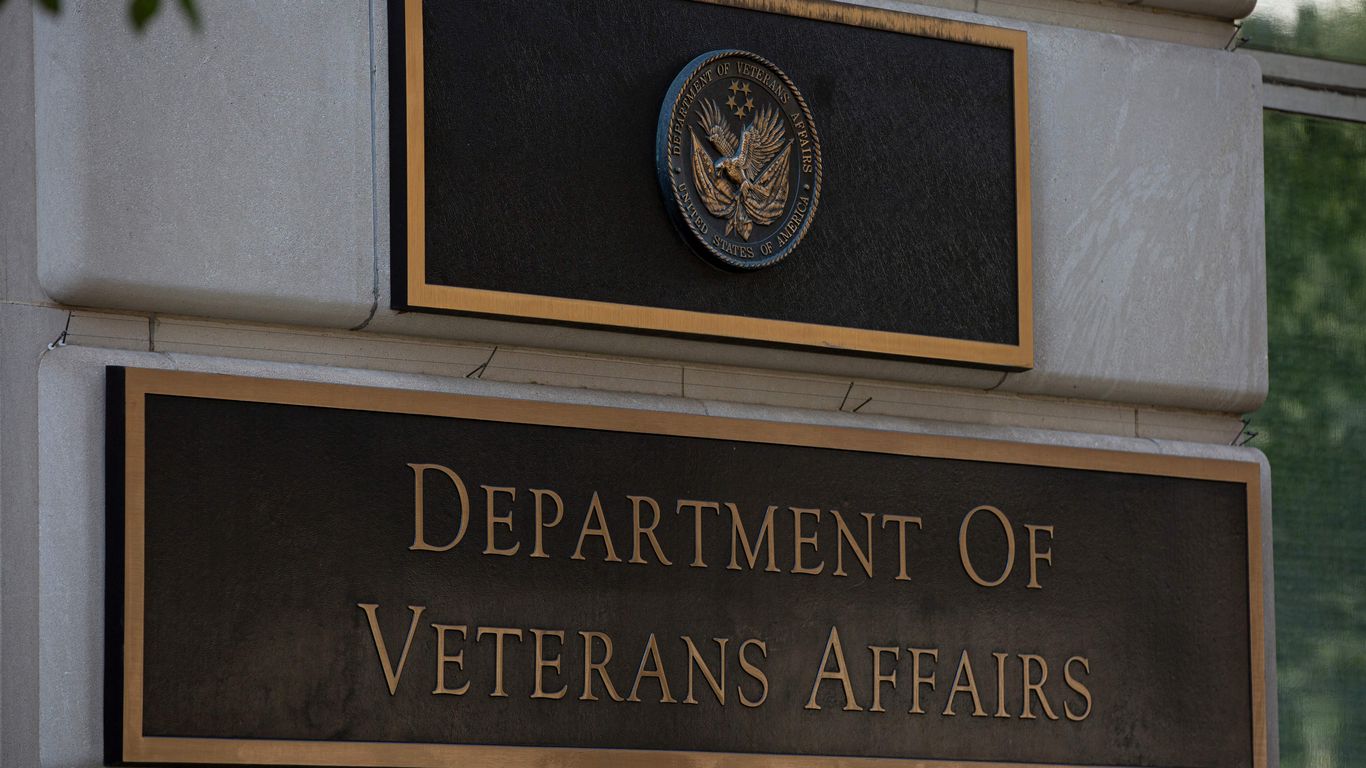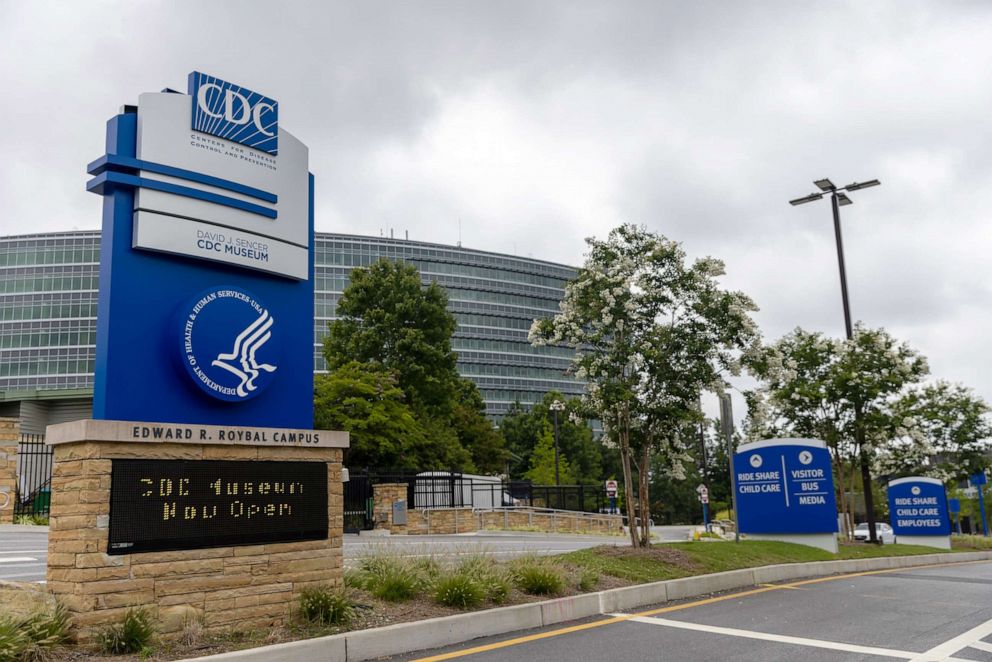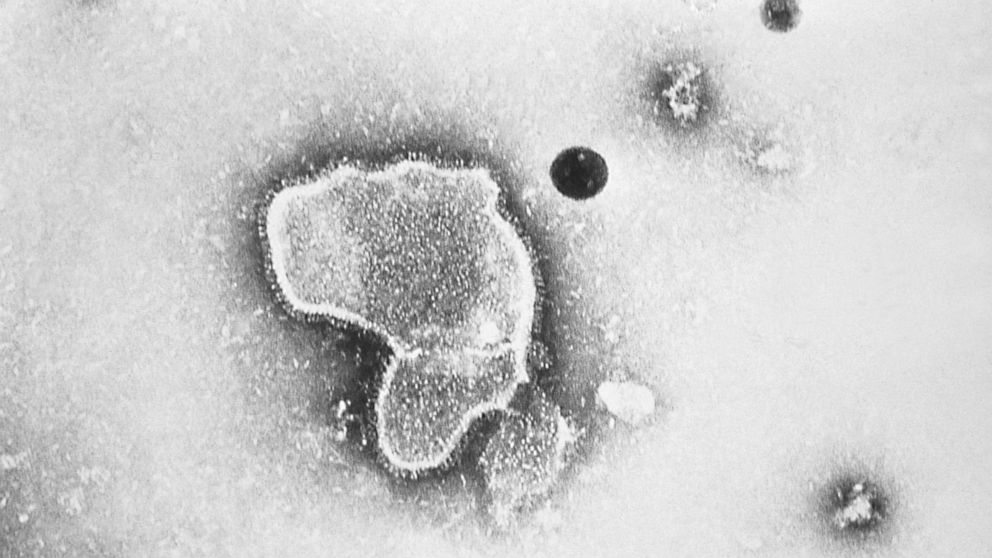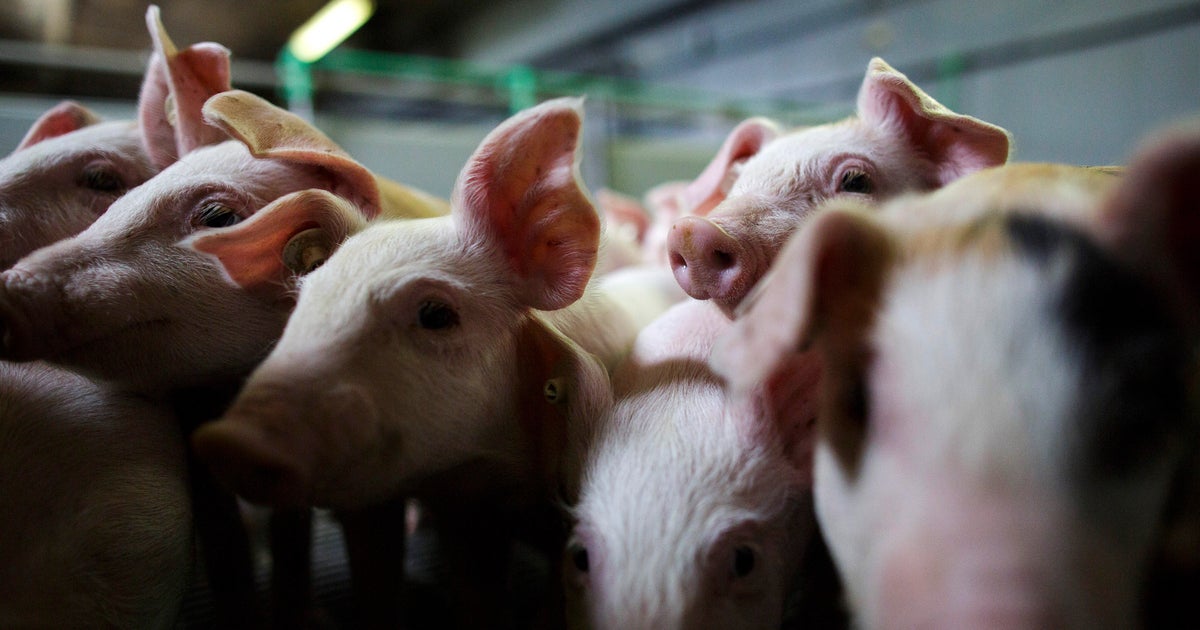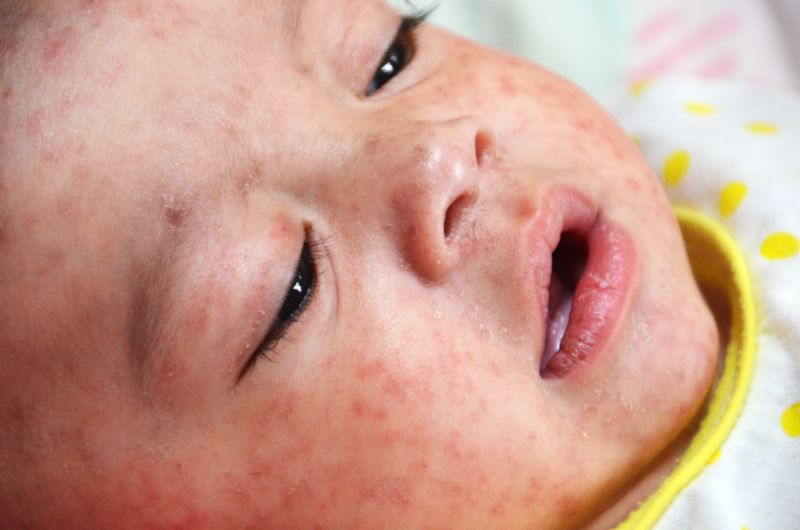
Dr Steve Nissen
SAN DIEGO, CA – A new analysis of a large-scale trial of a novel lipid-lowering agent has shown a particularly large reduction in cardiovascular events in the primary prevention population enrolled in the study, two thirds of whom also had type 2 diabetes, leading to calls for more attention to be paid to this group of patients.
The main results of the CLEAR Outcomes trial of bempedoic acid (Nexletol, Esperion) in a mixed secondary and primary prevention population intolerant to statins, reported at the American College of Cardiology/World Congress of Cardiology 2023 meeting, showed a 13% relative risk reduction in the main primary endpoint, a composite of cardiovascular death, myocardial infarction (MI), stroke, or coronary revascularization.
This new analysis of the 4206 high-risk primary prevention patients in the study — 67% of whom also had type 2 diabetes — has shown a 30% relative risk reduction in the same endpoint.
Other key endpoints were reduced to a similar or even greater extent, with the composite of cardiovascular death/stroke/MI showing a 36% relative risk reduction, and a 39% relative risk reduction for cardiovascular death and MI individually.
"These results are frankly striking," lead investigator Steve Nissen, MD, told Medscape Medical News.
"These are really large reductions. These results are telling us that high-risk primary prevention patients, although their absolute event rate is lower than secondary prevention patients, can have very impressive relative risk reductions in major cardiovascular events with lipid-lowering therapy," he said.
But Nissen, who is chief academic officer at the Heart Vascular & Thoracic Institute at Cleveland Clinic, Ohio, pointed out that this population of patients is not well treated.
"This is the problem: less than half of high-risk primary prevention patients in the US, and in virtually every other developed country, are receiving cholesterol-lowering medication. These patients tend to get ignored," he stressed.
Asked what advice he would give to clinicians based on the current findings, Nissen said: "If a patient is at high risk of developing cardiovascular disease, particularly those with [type 2] diabetes, they need to go on a lipid-lowering drug."
"If patients can tolerate a statin then that should be the first choice. We know statins work, and they are now inexpensive. They are likely to give the exact same benefit as we have shown in this study with bempedoic acid, as the two drug classes work by very similar mechanisms. But if patients can't tolerate a statin, then treat them with bempedoic acid. The bottom line is that these patients just need to be treated," he said.
"Wake-Up Call"
He said these new results are a "wake-up call for the medical community that we need to pay far more attention to high-risk primary prevention patients."
Nissen does not believe the effect is specific to bempedoic acid; rather, it is more likely an effect of lowering low-density lipoprotein cholesterol (LDL-C) levels.
"This message is not about bempedoic acid, in particular. We have seen similar findings in historical studies with the statins, but that seems to have been forgotten. The message is about lowering LDL in patients who are at high risk of having a first cardiovascular event. We need to identify patients at high risk for a first cardiac event and get them on a cholesterol-lowering drug — and in most cases that will be a statin."
Nissen presented the new analysis from the CLEAR OUTCOMES trial here at the American Diabetes Association (ADA) 83rd Scientific Sessions on June 24. It was simultaneously published online in the Journal of the American Medical Association (JAMA).
He pointed out that large trials of lipid-lowering therapy in the primary prevention population have not been done for many years.
"All the contemporary trials with lipid-lowering therapy have only included secondary prevention patients and they often enroll patients after an acute coronary syndrome event.
"But for the CLEAR OUTCOMES trial, we included a significant amount of primary prevention patients — those with risk factors such as [type 2] diabetes and hypertension who are considered to be at high risk of developing cardiovascular disease," he explained.
CLEAR OUTCOMES was a masked, randomized, trial that enrolled 13,970 statin-intolerant patients. The new analysis included 4206 of those patients with risk factors for heart disease but without a prior cardiovascular event — the primary prevention group. The mean age of these participants was 68 years, 67% had diabetes, and 59% were women.
Treatment with bempedoic acid showed a 22% reduction in LDL-C compared with placebo, with a reduction of 30.2 mg/dL from a mean baseline of 142.5 mg/dL. High-sensitivity C-reactive protein (CRP) levels were also reduced by 0.56 mg/L (21.5%), from a median baseline of 2.4 mg/L.
Nissen told a press briefing at the ADA meeting that he believes "it's the combination of LDL lowering and reduction in CRP that might have been the driver [for the effects we saw in the trial]. Certainly, bempedoic acid lowers both."
And he noted the recent US approval of a new low dose of colchicine 0.5 mg (Lodoco, Agepha Pharma) with a broad indication for use in atherosclerotic cardiovascular disease (ASCVD), which represents a completely new approach to treatment, specifically targeting inflammation as a driver of atherosclerosis.
Bempedoic acid is a prodrug that works along the same pathways as statins but does not cause muscle pain, which makes many people intolerant to statins. Bempedoic acid was first approved by the US Food and Drug Administration in 2020 for the treatment of adults with heterozygous familial hypercholesterolemia or established ASCVD who require additional LDL-C lowering.
Greater Benefit in Primary Prevention?
In this primary prevention group, treatment with bempedoic acid for 40 months was associated with a significant risk reduction for the primary endpoint — a composite of cardiovascular death, nonfatal MI, nonfatal stroke, or coronary revascularization — which occurred in 5.3% of the treatment group versus 7.6% in the placebo group (adjusted hazard ratio (HR), 0.70; P = .002). This represents a 30% relative risk reduction in major cardiovascular events.
Other key secondary endpoints also showed impressive reductions.
The rate of the composite endpoint of cardiovascular death, MI, or stroke was 6.4% in the placebo group and 4.0% with bempedoic acid (HR, 0.64; P < .001); MI occurred in 2.2% versus 1.4% (HR, 0.61), cardiovascular death in 3.1% versus 1.8% (HR, 0.61), and all-cause mortality in 5.2% versus 3.6% (HR, 0.73), respectively.
Adverse effects with bempedoic acid included a higher incidence of gout (2.6% vs 2.0%), cholelithiasis (2.5% vs 1.1%), and increases in serum creatinine, uric acid, and hepatic enzyme levels.
Nissen believes these results suggest that there may be a greater benefit of lipid lowering in high-risk primary prevention patients than in the secondary prevention population.
"It may seem paradoxical, but there is actually some history that this may be the case," he said.
He pointed out that the JUPITER trial of rosuvastatin in 2008 was the last major primary prevention trial of a lipid-lowering agent, which was stopped early with a 44% reduction of the primary endpoint.
He noted that one of the arguments against the use of statins in primary prevention is the belief that absolute risk reductions are quite modest.
"But in this analysis, we found an absolute risk reduction of 2.3% for the primary endpoint. That's a number needed to treat to prevent 1 event of 43. That's pretty good," he commented.
Trying to explain why there may be more benefit in the primary prevention population, Nissen suggested that these patients may have more vulnerable plaques.
"I think high-risk primary prevention patients probably have a lot of lipid-laden plaque — some people call it 'vulnerable' plaque. These are softer, cholesterol-laden plaque. We know that treatment with cholesterol-lowering medication causes these plaques to shrink. The lipid core is delipidated and the plaque stabilizes," he explained.
"It may be that in secondary prevention patients to some extent the horse is already out of the barn — they have advanced disease. But primary prevention patients may have plaques that are more amenable to modification by cholesterol lowering."
He admitted that the idea is only speculation. "But that is a potential explanation for our observations."
Editorial Cautious
In an accompanying editorial, also published in JAMA, Dhruv S. Kazi, MD, Beth Israel Deaconess Medical Center, Boston, Massachusetts, says the findings need to be interpreted with caution as they come from one of many subgroup analyses of a larger trial.
Kazi also points out that the intervention and control survival curves separate right away, on the first day of follow-up, whereas the true effect of lipid-lowering therapy for primary prevention would be expected to have a somewhat delayed onset, an observation he says supports the argument that this is a chance finding.
Kazi also reminds clinicians that bempedoic acid should not be regarded as a substitute for statins, which should remain the first-line therapy for primary prevention.
"For now, available evidence suggests that although bempedoic acid is not a perfect substitute for a statin, it is a reasonable therapeutic choice for primary prevention of ASCVD events in high-risk, statin-intolerant patients," he concludes.
ADA 2023. Presented June 24, 2023.
JAMA. Published online June 24, 203. Full text, Editorial
For more diabetes and endocrinology news, follow us on Twitter and Facebook.
Adblock test (Why?)
Health - Latest - Google News
June 25, 2023 at 03:03AM
https://ift.tt/04eoyUQ
'Striking' Benefit of Lipid Lowering in Primary Prevention - Medscape
Health - Latest - Google News
https://ift.tt/DtVGriT
